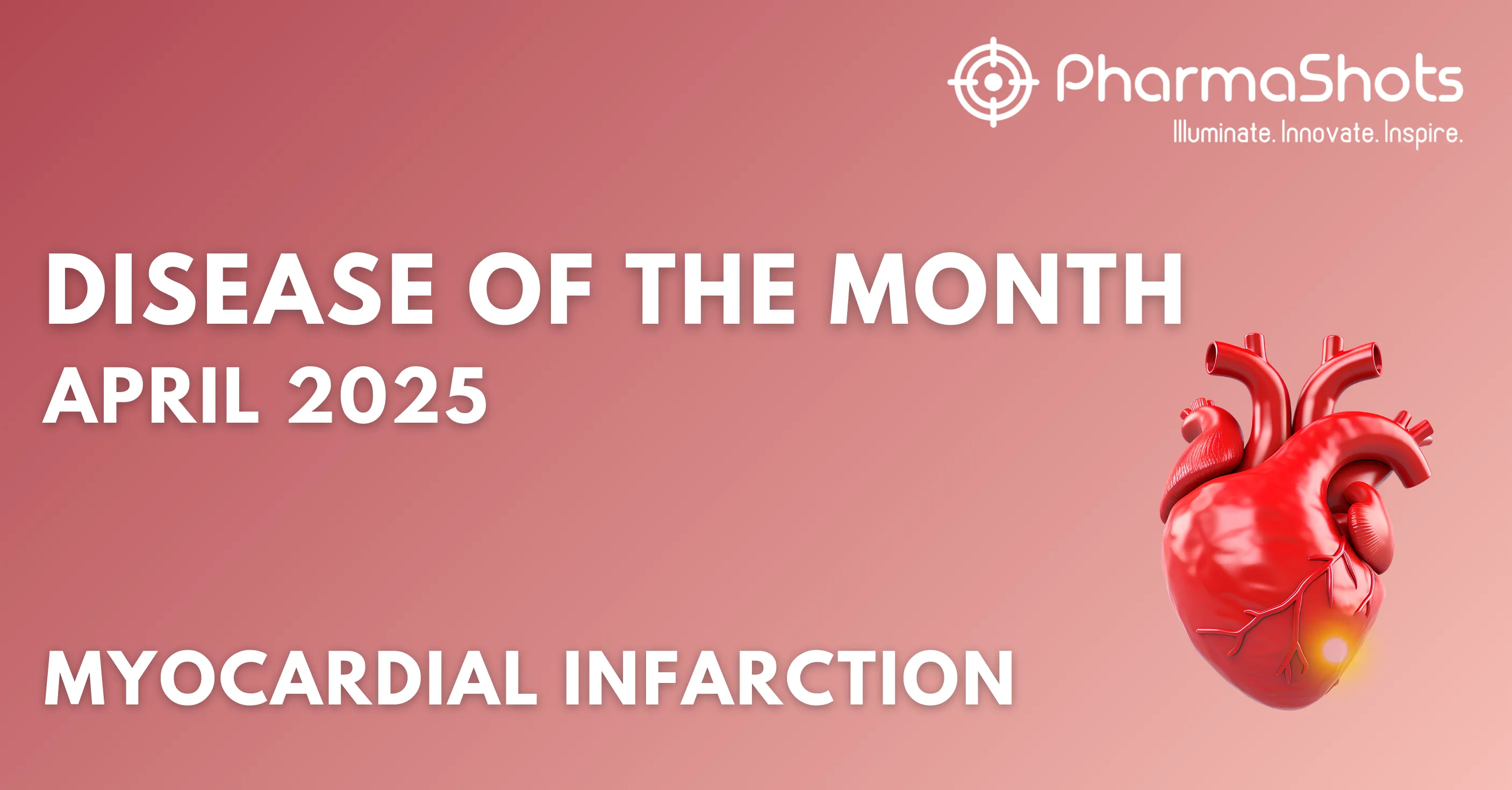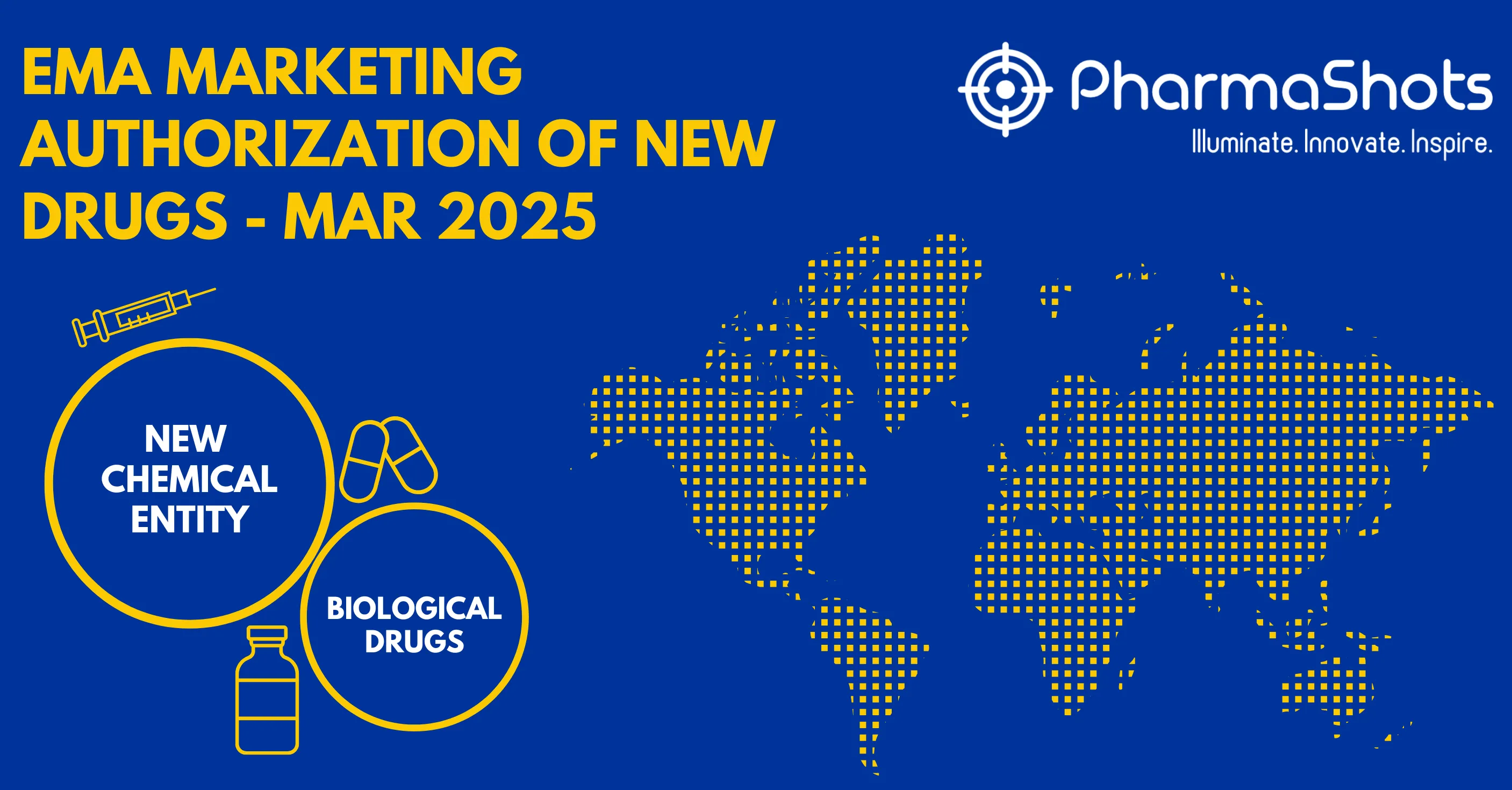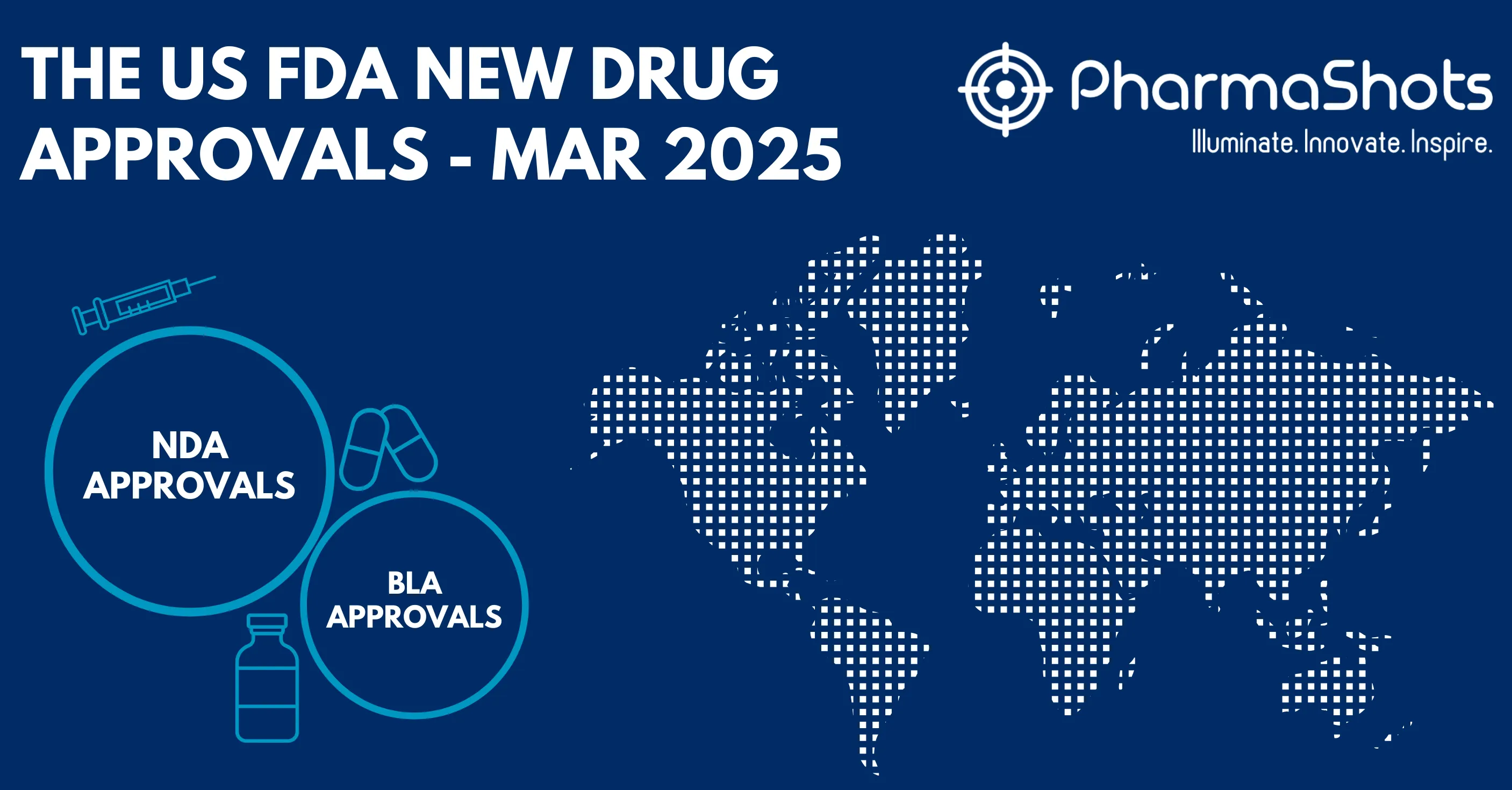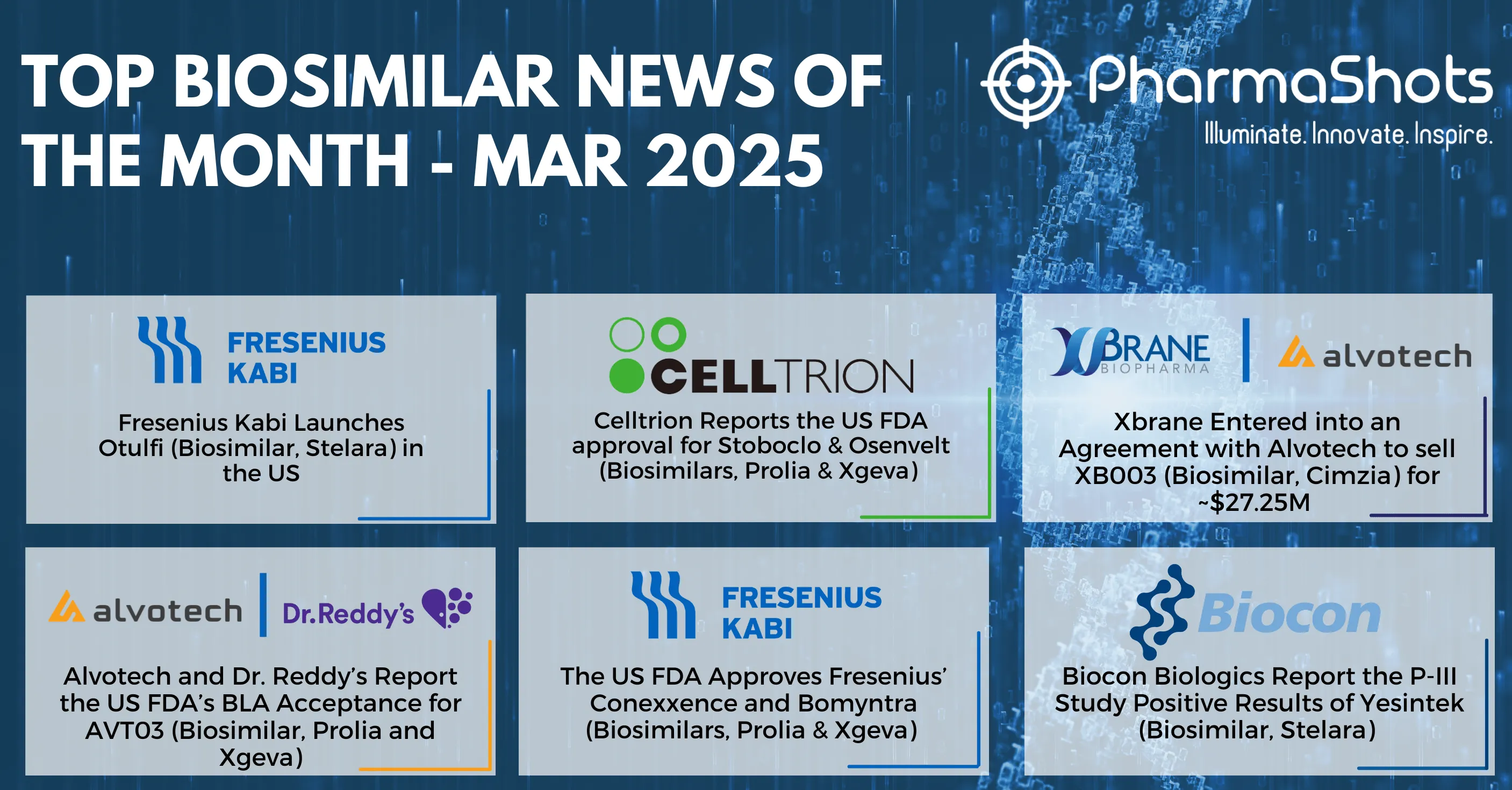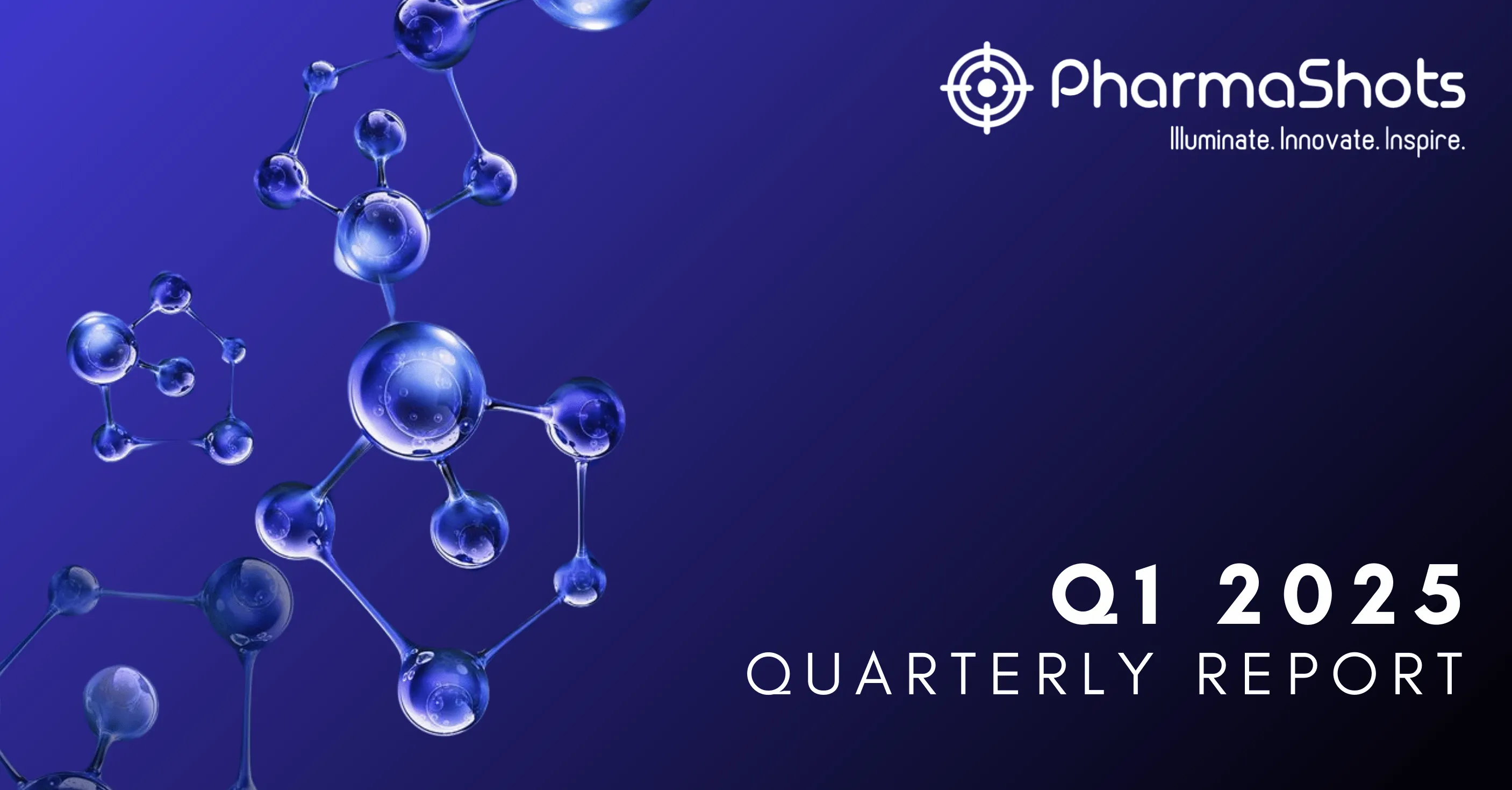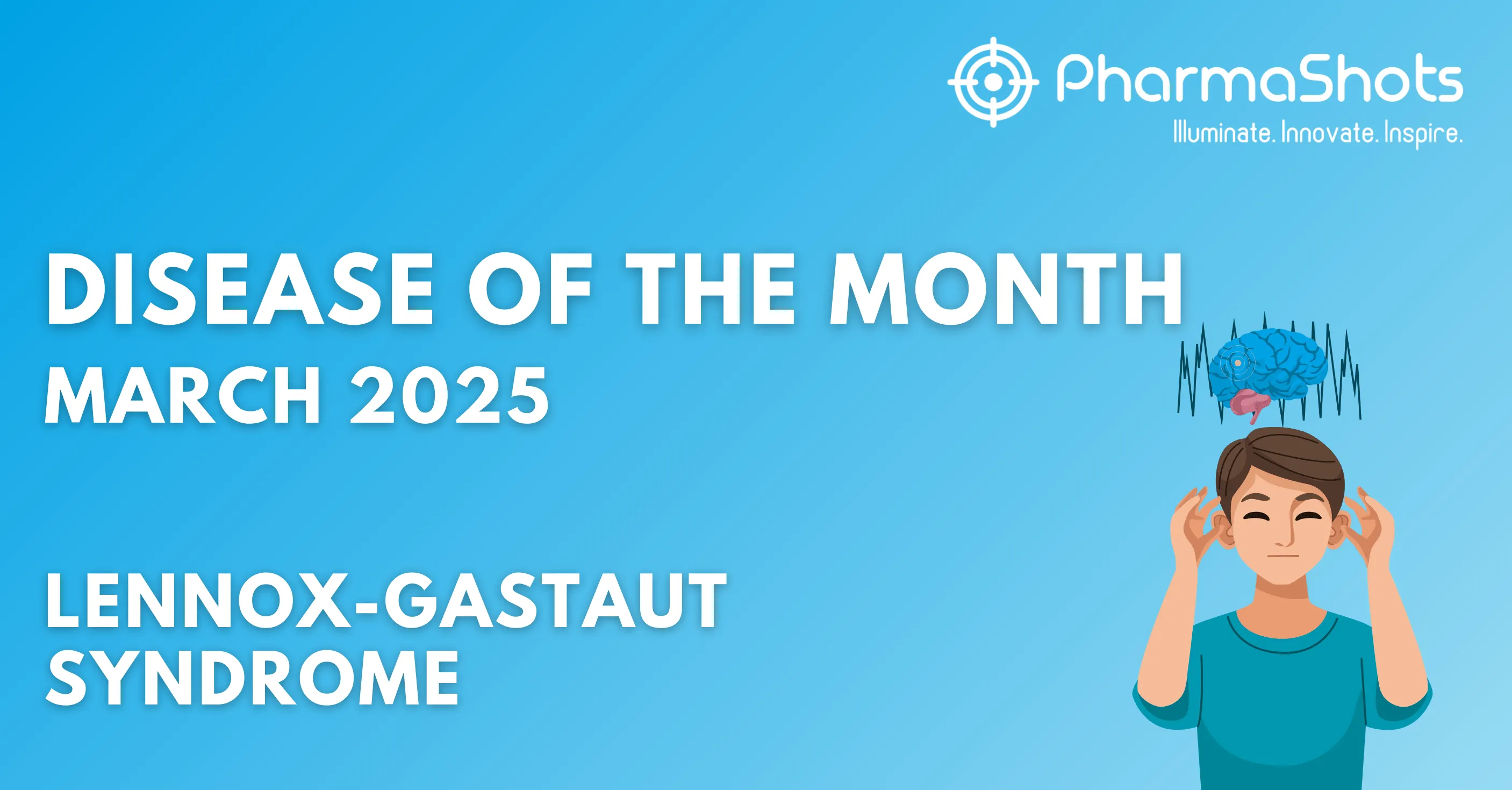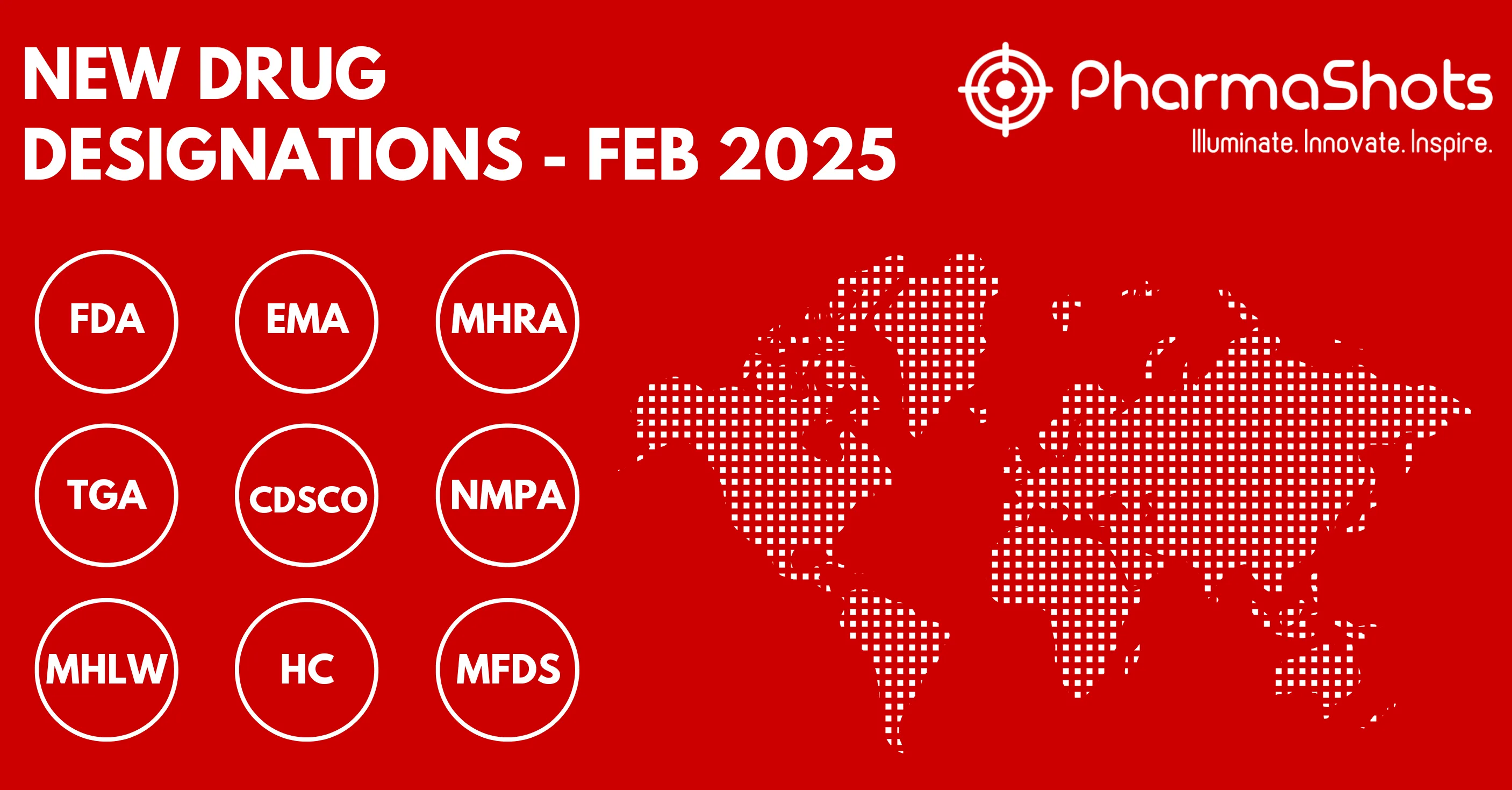
Disease of the Month: Chagas Disease (American Trypanosomiasis)
INTRODUCTION
Chagas disease also known by the name American trypanosomiasis, is a zoonotic infection, caused by protozoan flagellate Trypanosoma cruzi (kissing bugs). It is potentially a life-threatening infection transmitted to people and animals from the feces of blood-sucking bugs which belong to the subfamily of Triatominae2. Among all the vectors, Rhodnius proxilus, Panstrongylus megistus, and Triatoma infestans are the most important ones1. The impact of Chagas disease is highest in the Americas, particularly in the rural areas of Latin America but due to increased globalization, the disease is now also found in Canada, European, and some African continents1. 30K new cases of Chagas disease are reported annually with 12K deaths taking place1.
Chagas disease was named in 1909 when a Brazilian bacteriologist and hygienist Carlos Chagas observed trypanosomes in the blood of a girl. He then named these trypanosomes T. cruzi in honor of his mentor Oswaldo Cruz2.
MODES OF TRANSMISSION
The vectors of Chagas disease live typically in the roof cracks or walls of homes and peridomiciliary areas like pens, chicken coops, and warehouses in both rural and suburban areas1. The bugs become active during the night and feed on animal and human blood. T.cruzi is unable to penetrate the intact skin, therefore they bite exposed skin and urinate or defecate near the bite. When the individual scratches the itching vector bite, it causes microlesions. The parasite then enters into the body through these microlesions 2.
Apart from vector bites, other modes of transmission include3:
- Blood transfusion
- Organ transplant
- Mother to child (congenital)
- Laboratory accident
- Food contaminated by vector insects
Chagas disease is not transmitted from person to person or through casual contact with the infected person or animal3.
SIGNS AND SYMPTOMS
Chagas disease presents in acute and chronic phases. The acute phase begins immediately after infection and lasts for approximately 2 months. The acute phase has only mild symptoms or is generally asymptomatic. Symptoms include1:
- skin lesions - swollen eyelids
- fever - enlarged lymph glands
- muscle pain - rashes
- headaches - difficulty in breathing
- chest or abdominal pain
Many people might be unaware or asymptomatic throughout their lives.
On an estimate, only 20-30% of infected people develop severe or sometimes life-threatening conditions over their lifetime. The severe symptoms include3:
- Destruction of the nervous system and heart muscles
- Consequent heart arrhythmias
- Heart rhythm abnormalities leading to sudden death
- Dilated esophagus or colon causing difficulty eating or passing stool
TREATMENT
Treatment of the disease is recommended for patients during the early stages of infection (in both acute and chronic phases); for women and girls of childbearing age and for patients with suppressed immune systems1.
Currently, there are two medications for the treatment of Chagas disease that work by killing the parasite:
- Benznidazole
- Nifurtimox
Both the medications are nearly 100% effective in curing the disease (if given soon after infection during the acute phase) together with the cases of congenital transmission.
The longer the person has been infected, the efficacy of drugs reduces and the adverse reactions are more frequent at older age.
The reported efficacy of both the medications is highly variable among patients and is dependent on the age of the patient, the dose of administration, the strain or genotype of T.cruzi, and the stage of disease at which the treatment is initiated. Due to the high rate of adverse events and therapeutic failure of 20% in chronic patients after 12 months, all these data together suggest that the dose given currently is high, therefore a clinical trial is being conducted to test new dosing regimens of these old drugs. The study is in Phase 2 since 19 July 2021 with 450 participants and is estimated to complete by 31 July 2024.4
REFERENCES
New Chemotherapy Regimens and Biomarkers for Chagas Disease
Tags

Akanksha was a content writer at PharmaShots. She is interested in covering recent innovations from pharma & medtech industry. She covers news related to Product approvals, clinical trial results, and updates. She is passionate, meticulous, diligent, and inquisitive. She can be contacted at connect@pharmashots.com.




